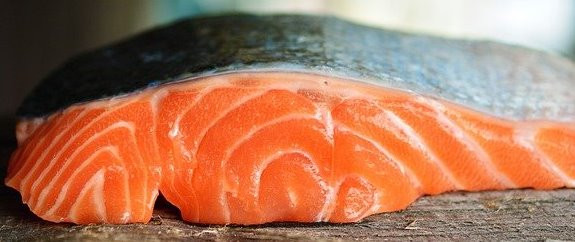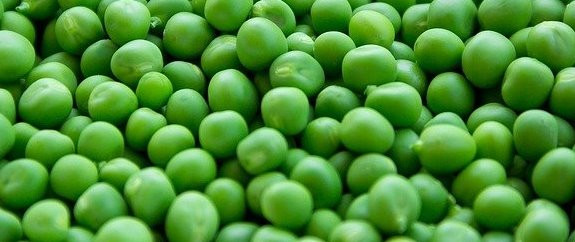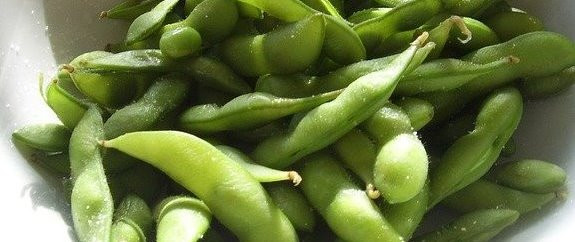Proteins
Proteins along with fats and carbohydrates are macronutrients (macro meaning large) and our bodies need large amounts of macronutrients.
Protein is needed for growth, repair and maintenance of our bodies.
We get protein for a range of foods including: beans, seeds and nuts as well as animal and dairy products.
Proteins are made up of amino acids. Amino acids are the building blocks of the body.
Our bodies can make non-essential amino acids but we have to eat the amino acids our bodies can’t make (essential amino acids).
Our bodies need proteins for the following reasons:
Growth from childhood to adulthood and for the growth of hair, nails and muscle mass.
Repair. Our bodies need to regularly repair our muscles, tissues and organs particularly after illness or injury.
Maintenance – making enzymes for digestion and antibodies to prevent illness.
Proteins have different Biological values.
High biological Value proteins (HBV) contain all the essential amino acids we need. They are mainly found in animal and dairy products such as meat, fish, poultry, eggs, cheese and milk. Plant based HBV protein foods can also be found such as Soya beans and quinoa.

Low biological value (LBV) proteins are missing at least one of the essential amino acids we need. LBVs are found in plant sources such as nuts, seeds, peas, lentils and most beans. They are also found in smaller amounts in vegetables such as broccoli and spinach.

There are now loads of alternative meat and dairy free proteins. These proteins often don’t taste of much on their own but are great at absorbing the flavours of the foods they are cooked in such as sauces and marinades.
Soya beans are one of the few plant based HBV protein sources. They can be eaten whole (but must be cooked to remove toxicity) in salads and used to make soya milk and processed to make other protein alternatives like tofu and TVP.

Tofu is made by curdling soya milk and can have different textures depending on how much water it contains: it can be soft (for use in desserts and dips), firm (for use in stir fries) and extra firm (sometimes called dry tofu because it contains less water).
TVP (Textured vegetable protein) is made from soya flour (which is made from grinding soya beans). The soya flour is used to make dough which when baked has a meat like texture and can be made into sausages, burgers and ready meals.
Mycoprotein is traditionally made from a mushroom like fungus and egg white (although there are now vegan alternatives that use potato starch instead). It is often used where you would normally use chicken and is available as chunks for stir fries, mince for spaghetti Bolognese and fillets for escalopes. In the UK the brand Quorn is a well known mycoprotein.
Protein complementation combines LBV protein foods.
If we can’t get enough HBV protein in our diet we have to combine different LBV proteins to make sure we get all the essential amino acids. This is known as protein complementation.
I you are eating a balanced diet you are probably combining proteins without knowing. For example vegetable lasagne that contains six different vegetables is good protein complementation. Hummus and Pita when combined as a meal also provides the essential amino acids.
Different people need different amounts of amounts of protein
Dietary reference values are estimates of the amount of nutrients individuals should have in their diet. An average male should consume 55g and an average female should consume 45g of protein each day.
Different people need different amounts of protein. Growing children need a greater amount of protein relative to their size and body mass. Physically active people need more protein for muscle growth and repair. Pregnant women need approximately 6g more protein than normal to help their baby grow and during breastfeeding they need even more protein.
An excess or deficiency of protein in the diet can have serious consequences. Too much protein puts a lot of pressure on the liver and kidneys which can be dangerous.
Without protein growth slows down especially in growing children. If skin, hair and nails don’t grow as fast they can get into a poor condition. Lack of protein can also stop our body’s immune system working properly which in turn means our wounds don’t heal as quickly, leaving us at higher risk of infection. People struggle to digest food properly which means some nutrients aren’t taken in by the body.
Protein deficiency can also lead to oedema - a build up of fluid that causes swelling around the feet and in severe cases a disease called kwashiorkor can develop which can lead to oedema around the stomach (which is why severely malnourished children have swollen abdomens).
